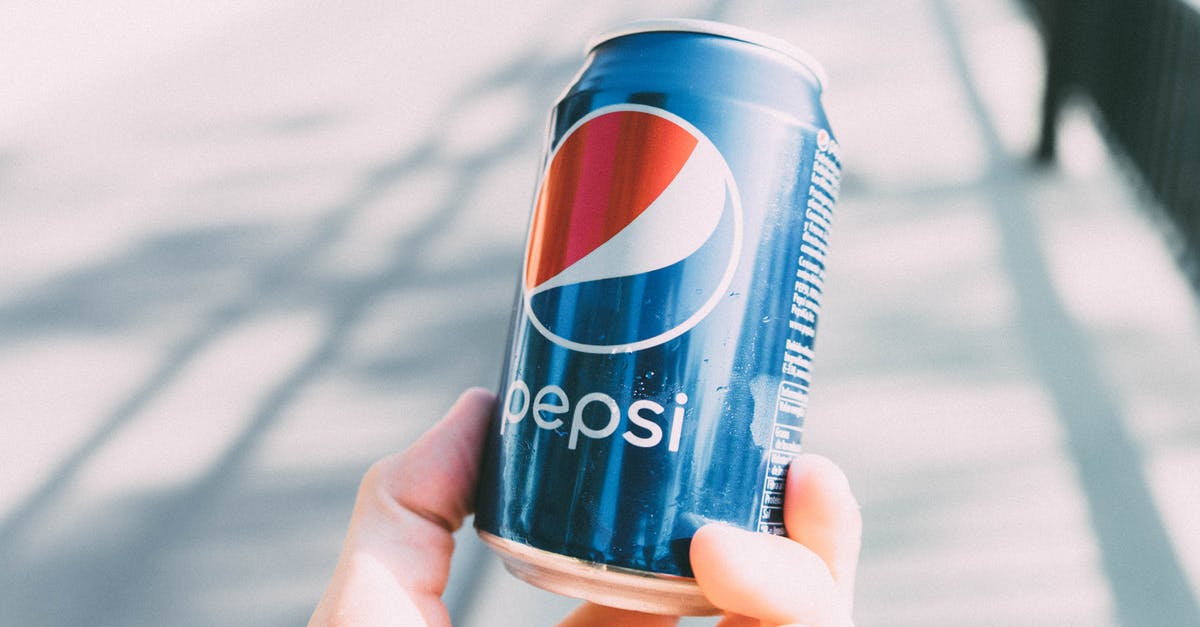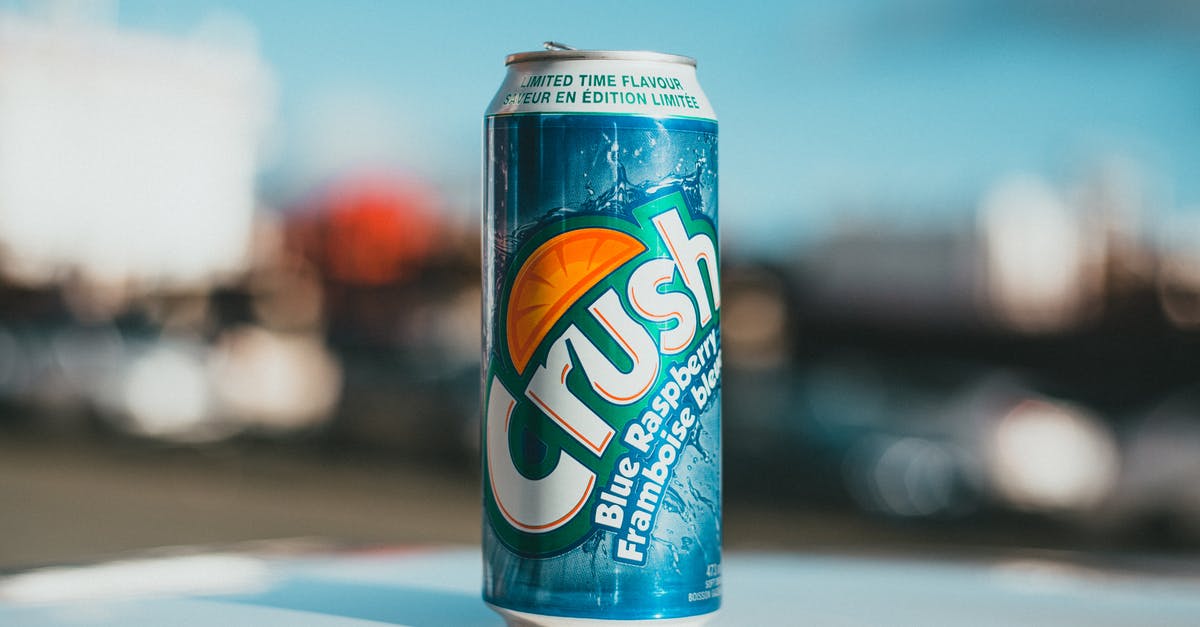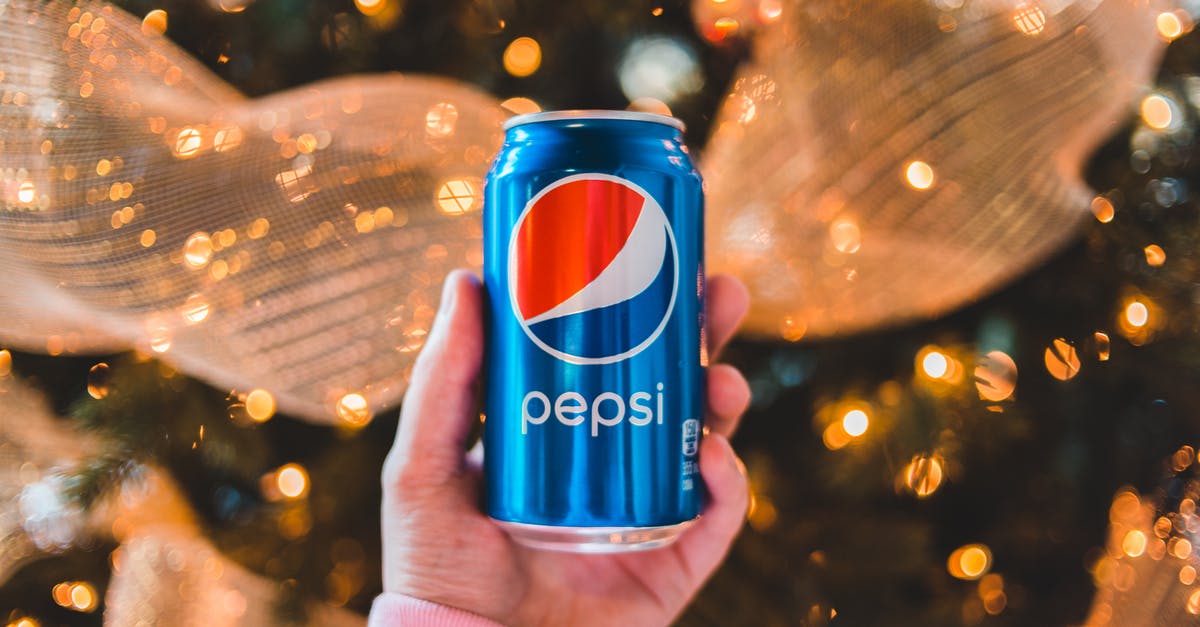What else can I do with Caputo Blue Pizzeria Flour?

So I use Caputo Blue Flour to make pizza dough, but out of the 25kg bag I use I only use 24kg per batch.
I tend to measure a kilo out of the bag and put it aside and then use the rest of the bag to make my dough. However this leaves me with a lot of left over flour, I could use it for pizza dough but that would mean either waiting (and storing) the excess flour until I have 24kg worth, or splitting bags and increasing the complication of making a batch as I'd have to weigh everything.
So instead I'm wondering what else can I use it for?
I've made bread with it, but only out of excess pizza dough rather than specifically aiming to make bread, and the results are ok but not particularly better than a strong bread flour (though this could be because it is an afterthought).
I've also found (because it is very fine flour) it makes good sauces, and I've used it for Yorkshire pudding and that's quite good too.
I've linked the official fact sheet above, but I think the important properties may be;
- Protein - 12.75%
- Dry Gluten - 12 / 13 %
- Absorption - 55/57
But would it make decent pastry? Or be any good for cakes? Is there anything other than pizza that a flour with these specific qualities would be best for?
Best Answer
00 flour is the closest to 'plain white flour' in English speaking countries. For instance, if you were in Italy and would like to do a pastry you would use 00 flour. However, it is quite difficult to compare to 'plain white flour' because this term is not well defined, and you find wide variations in different brands of plain white.
Technically speaking, the classification 00, 0, tipo 1 and tipo 2 refers to the ash level in the flour, as regulated by italian law. For example, 00 refers to a maximum ash level of 55%, and as you can see from your technical sheet the Caputo exactly fits in that since it is around 50%. If you are familiar, it is completely equivalent to the T45 (45% ash level), T55 (55% ash level), T65 (65% ash level), etc. classification of the French.
While ash level is a good indicator, I personally find that it not always describe well what the flour would be good for. I usually like to use it together with protein content. As you can see, although this Caputo is quite refined (ash level 50%), it has a high protein content (13%) - common for grains grown in sunny places like meridional italy - compared to the most common supermarket 00 I find. It likely absorbs more water and has a better flexibility - which is good for 'caky' and 'bready' things, and even good for elastic pastry like pate brisee but worst for flaky preparations like biscuits.
Pictures about "What else can I do with Caputo Blue Pizzeria Flour?"



What can you use Caputo flour for?
Caputo Red flour is ideal for those looking to cook a thinner crust pizza. With a little more gluten and protein in it than the Blue Caputo Pizza flour, it provides a little more elasticity to the dough and is ideal for slow rises. This is also a good general 00 flour which can be used for bread, cakes and sauces too.What can pizza flour be used for?
Pizza flour, known as 00 grade flour, is a specialist flour that has properties suited for making pizzas in a wood fired oven. It is essentially a white bread flour with a medium high gluten content, and fine milled for a soft texture.Can you use Caputo blue for pasta?
I make pasta with Blue Caputo all the time. Beautiful and silky smooth. All you need is flour and eggs.What is the difference between red and blue Caputo flour?
In simple terms, the Red is more for making quick thin crust pizza (romano style) run at 720\xb0F whereas the blue is better for thicker rimmed (Neapolitan style) run at 900\xb0F. That's why they both claim 'good for pizza'.More answers regarding what else can I do with Caputo Blue Pizzeria Flour?
Answer 2
You can use it to make bread.
If you want it for pastry, you have to get the protein down to 9%, which means for every 100 grams of Caputo, add 42 grams of of corn starch.
Sources: Stack Exchange - This article follows the attribution requirements of Stack Exchange and is licensed under CC BY-SA 3.0.
Images: Martin Péchy, Nicola Barts, Erik Mclean, Erik Mclean
